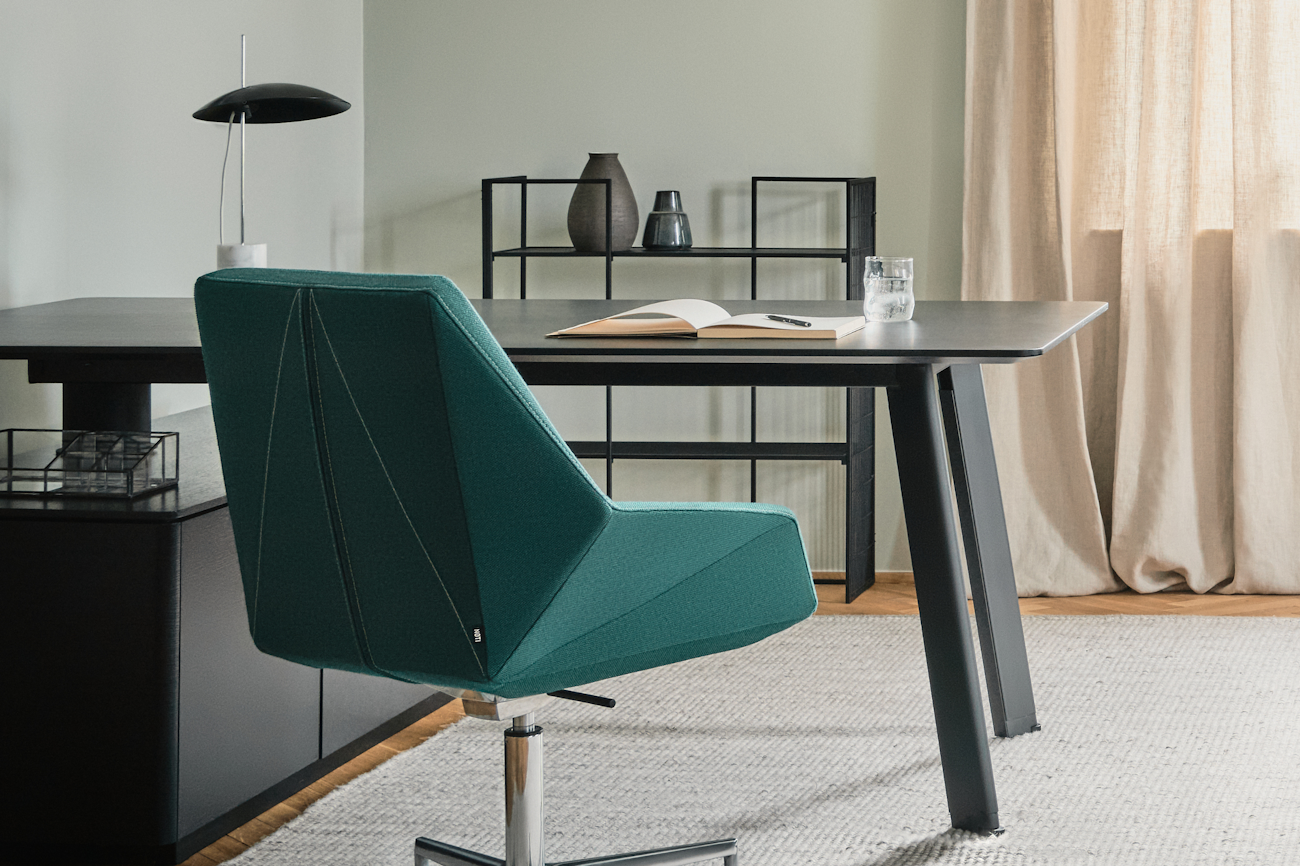Insights
The 5 benefits of a hybrid workplace model

The modern-day workplace is ever evolving to meet the needs of its employees and employers. Over recent years especially, adopting a ‘hybrid workplace model’ has become the new standard for modern companies, with 59% of workers in the UK saying they prefer a hybrid working model over a more regimented one. But what is a hybrid workplace model, how is it implemented, and what are its benefits?
What is a hybrid workplace model?
A hybrid workplace model mixes in-office and remote working to offer flexibility and support to employees. In a hybrid workplace, employees typically enjoy more freedom to choose where they work best and at what times. For example, they may choose to be remote two days and in-office three depending on their availability or other factors, creating a better work-life balance, and improving their productivity.
Employers benefit from this model as it builds a more productive, stable, and healthy workforce and gives an advantage for the so-called war on talent. Today’s hybrid workplace must be implemented strategically, taking advantage of modern HR techniques that improve connection, collaboration, and employee engagement.
How to implement a successful hybrid workplace model
The most important consideration when implementing a hybrid workplace model is the employees. Taking a people-first approach to employee experience will ensure a successful hybrid workplace that benefits both the company, and the people who work there.
With this in mind, ensuring a hybrid workplace is well designed with the correct furniture whether it be in-office or remote, is key in meeting the needs of a distributed workforce. The correct office furniture will provide flexibility and dedicated working zones for concentration, collaboration, and socializing. These considerations will make it much easier for a hybrid working model to succeed.

The benefits of a hybrid workplace model
Increased productivity among employees
When employees are given the freedom to work where and when best suits their work-related needs, they tend to feel more empowered to capitalize on their strengths, increasing their productivity. Some may work better from home where they can focus and be in their own company, whereas others may feel an office environment is better. This level of autonomy is essential as it ensures all employees are free to work in an environment they feel they would work best in, and get the highest level of work done with 81% of hybrid employees reporting high engagement and 77% reporting increased productivity.
Better work/life balance
A hybrid workplace model prioritizes the employees and their work-related needs. Juggling a 40hour a week job, a long commute and all other daily tasks can lead to burnout among many employees. With hybrid working, employees can use their at-home days to schedule breaks to take care of personal essentials such as doctor appointments or spend some extra time with their kids where they might normally sit in traffic. An integrated focus on work-life balance helps create a successful hybrid workplace.
Larger, more diverse talent pool
Organizations offering a combination of in-person and remote working to its employees will be able to attract a larger talent pool to work with, as they will no longer be confined to hiring employees in specific geographical regions. Since the pandemic, the need for employees has risen, with employers having to fight a ‘war for talent’ to find the right candidate. Offering a hybrid work model where potential employees can work between home and the office will put business ahead in the war for talent as they will attract a wider pool of talent to their roles.
Improved mental and physical wellbeing
For many, having the choice to work between home and the office has been beneficial to their mental and physical wellbeing. For example, some employees may prefer to work at home due to the stressful commutes or the distractions from co-workers in an office setting being a strain on their mental wellbeing. However, others may thrive more in an office setting and prefer to be away from stressful home environments or distractions from children etc.. The hybrid work model allows employees to choose what works best for them and their health, leading to a more satisfied and happier workforce.
Reduced carbon footprint and overhead costs
With more employees choosing to work remotely, companies are now able to downsize their offices, reducing costs such as rent and energy bills. This extra money is then a great chance to put more beneficial investments into the company and its employees. Reduced workers in the offices means reduced emissions from commuting, helping to reduce the impact companies have on the planet, aiding towards the 2050 net-zero target.

Create a hybrid office space with furniture from Haiken
At Haiken, we supply a range of stylish and ergonomic chairs, height adjustable desks, soft seating, co-working desks, outdoor furniture, and smart storage solutions for all your hybrid office needs. Focusing on more than just looks, our office furniture range is designed to make your hybrid workspaces truly flexible.
We love to work closely with our clients to recommend furniture that suits their business, or their clients’ business best. So, if you’re interested in learning more about the Haiken furniture range and how it can help you achieve a hybrid office space, contact our expert team today or visit our showroom for inspiration – we’re always happy to help and answer any questions you have.